Intended Use
Yeast Extract Agar (DM298) is recommended for plate count of microorganisms in water.
Product Summary and Explanation
Yeast Extract Agar is formulated according to the formula described by Windle Taylor(1) for the plate count of microorganisms in water. Water can contain a large number of microorganisms, particularly coming from the earth and vegetation.
Principles of the Procedure
Yeast Extract Agar contains yeast extract and peptic digest of animal tissue which provides nitrogenous compounds, vitamin B complex and other essential growth nutrients.
Formula / Liter
| Ingredients | : Gms / Liter |
| Peptic digest of animal tissue | : 5.00 |
| Yeast extract | : 3.00 |
| Agar | : 15.00 |
| Final pH: 7.2 ± 0.2 at 25°C | |
| Formula may be adjusted and/or supplemented as required to meet performance specifications | |
Precautions
1. For Laboratory Use only.
2. IRRITANT. Irritating to eyes, respiratory system, and skin.
Directions
1. Suspend 23 grams of the medium in one liter of distilled water.
2. Heat if necessary, to dissolve the medium completely.
3. Autoclave at 121°C, 15 psi pressure, for 15 minutes / validated cycle.
4. Mix well and pour into sterile petri plates.
Quality Control Specifications
| Dehydrated Appearance | : Cream to yellow homogeneous free flowing powder |
| Prepared Medium | : Yellow coloured clear to slightly opalescent gel forms in Petri plates. |
| Reaction of 2.3% Solution | : pH: 7.2 ± 0.2 at 25°C |
| Gel Strength | : Firm, comparable with 1.5% Agar gel |
Expected Cultural Response: Cultural characteristics observed after an incubation at 35-37°C for 18-24 hours.
| Sr. No. |
Organisms | Results to be achieved | ||
| Inoculum(CFU) | Growth | Recovery | ||
| 1. | Enterobacter aerogenes ATCC 13048 | 50-100 | good-luxuriant | >=70% |
| 2. | Escherichia coli ATCC 25922 | 50-100 | good-luxuriant | >=70% |
| 3. | Pseudomonas aeruginosa ATCC 27853 | 50-100 | good-luxuriant | >=70% |
| 4. | Staphylococcus aureus ATCC 25923 | 50-100 | good-luxuriant | >=70% |
The organisms listed are the minimum that should be used for quality control testing.
Test Procedure
1. Prepare water sample dilutions of 1/10, 1/100, 1/1000 in 1/4-Strength Ringers solution and take aliquots to 2 parallel series of plates. Use these Inoculums within 15 min.
Pour plates: pipette 1 ml of each dilution into Petri dishes. Add 10-12 ml of molten Corn Meal Agar, cooled at 45°C, and mix thoroughly
Spread plates: spread 1ml of milk dilution over the surface of the solidified medium in a Petri dish.
2. Incubate one of the series of plates at 35-37°C for 24 hours and the other series of plates at 20-22°C for 3 days.
3. Separate counts are made of the organisms forming visible colonies after 24 hours at 35°C and the organisms forming colonies after 3 days at 20-22°C.
Results
1. Select plates containing 10-300 colonies. Results are expressed as colonies per product tested.
2. Refer appropriate references and test procedures for interpretation of results.
Storage
Store the sealed bottle containing the dehydrated medium at 10-30°C. Once opened and recapped, place container in a low humidity environment at the same storage temperature. Protect from moisture and light.
Expiration
Refer to the expiration date stamped on the container. The dehydrated medium should be discarded if not free flowing, or if the appearance has changed from the original color. Expiry applies to medium in its intact container when stored as directed.
Limitations of the Procedure
1. For identification, organisms must be in pure culture. Morphological, biochemical and/or serological tests should be performed for final identification.
2. Consult appropriate texts for detailed information and recommended procedures.



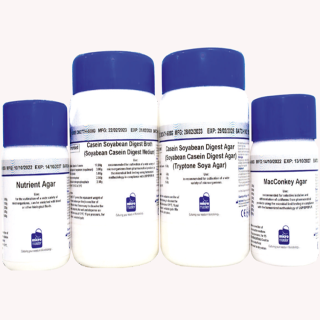


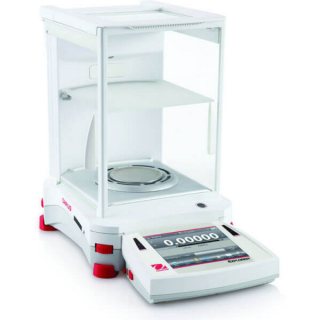
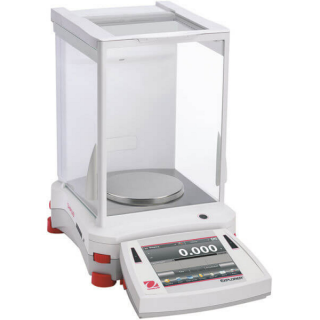
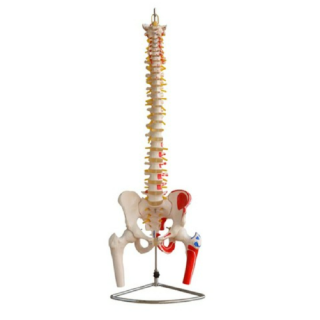
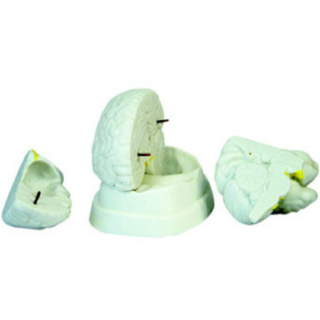
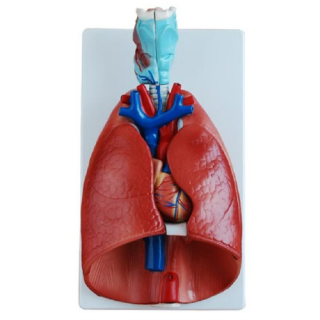
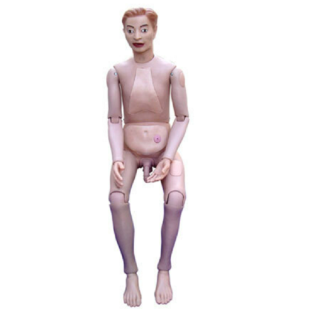
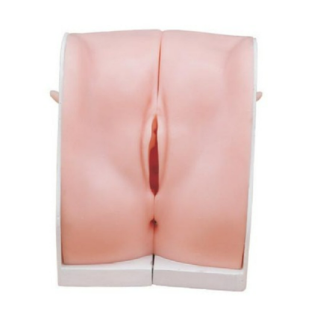
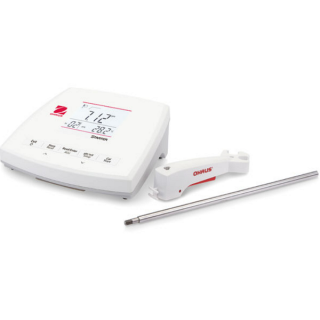
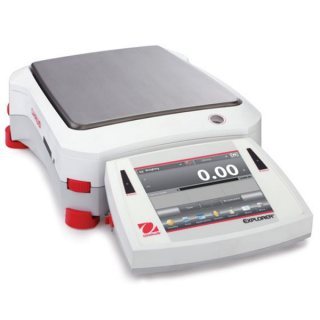
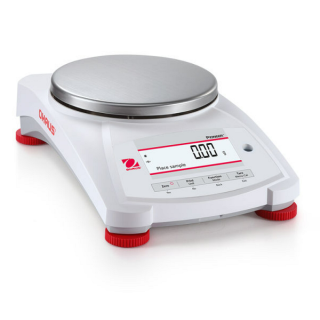
Reviews
There are no reviews yet.